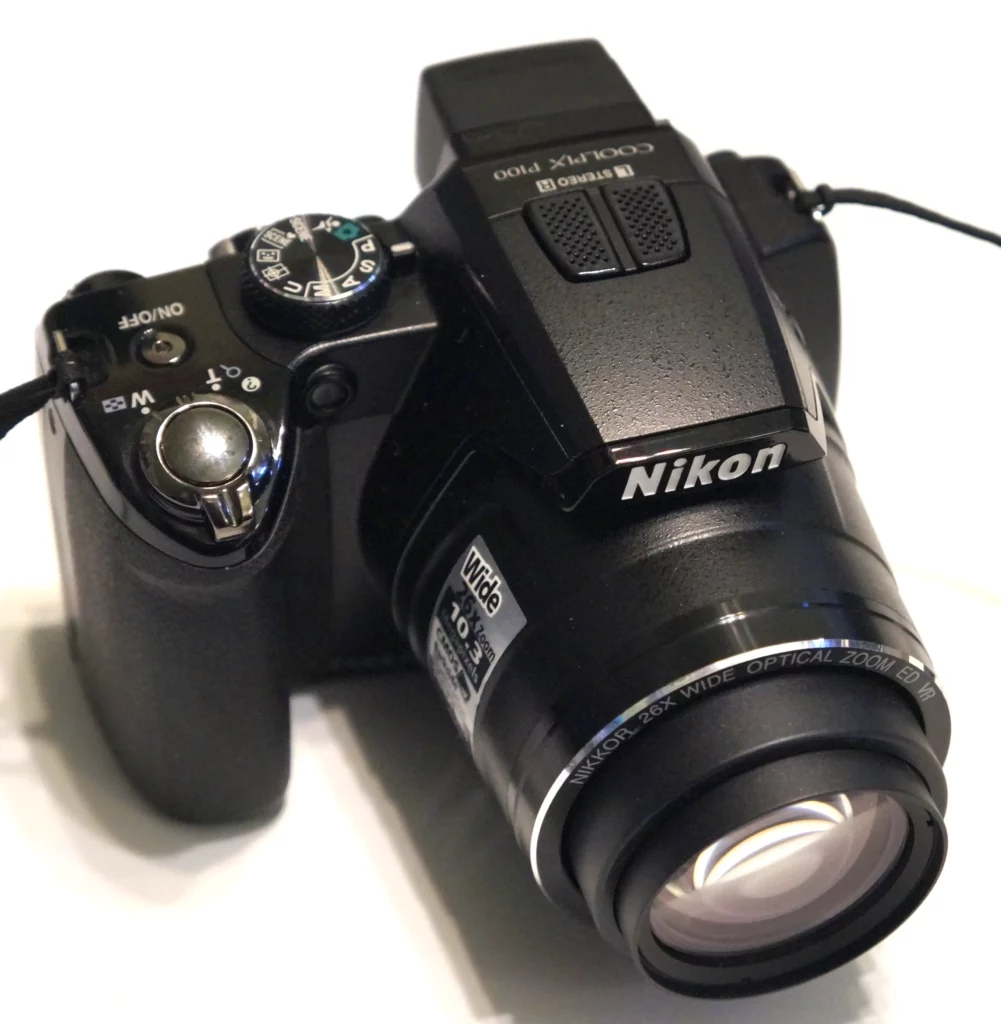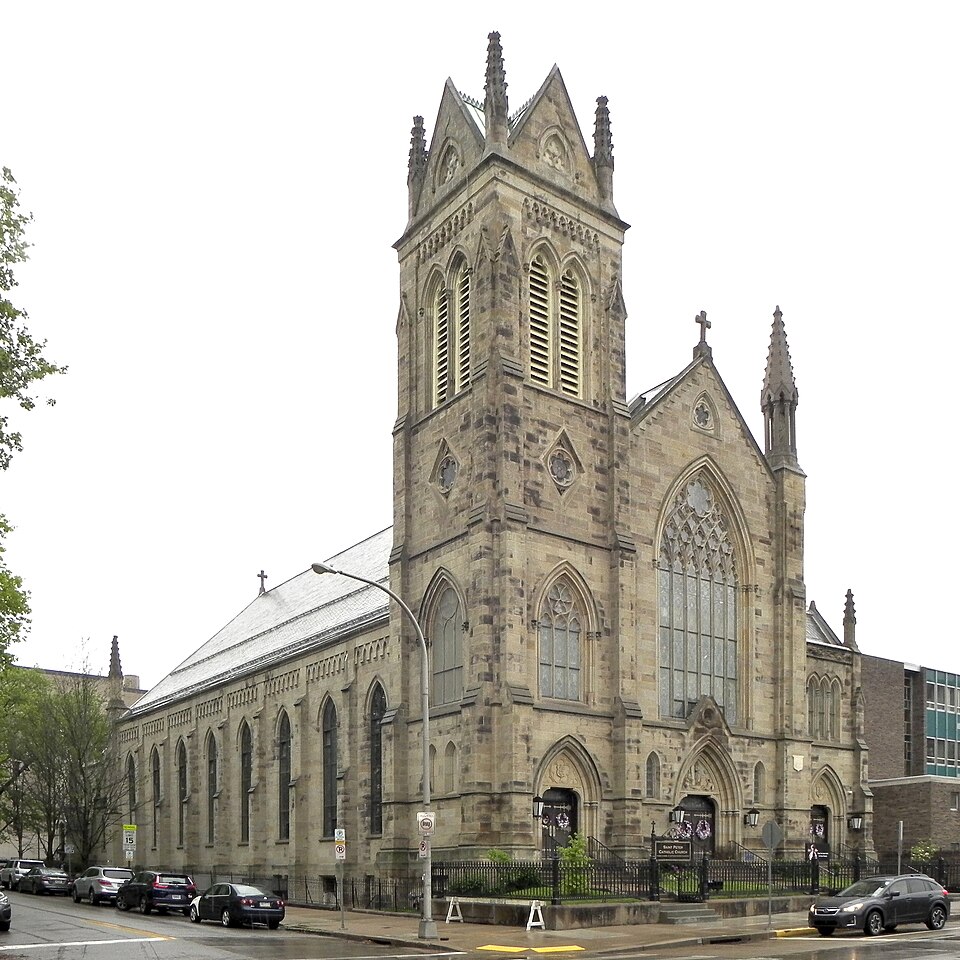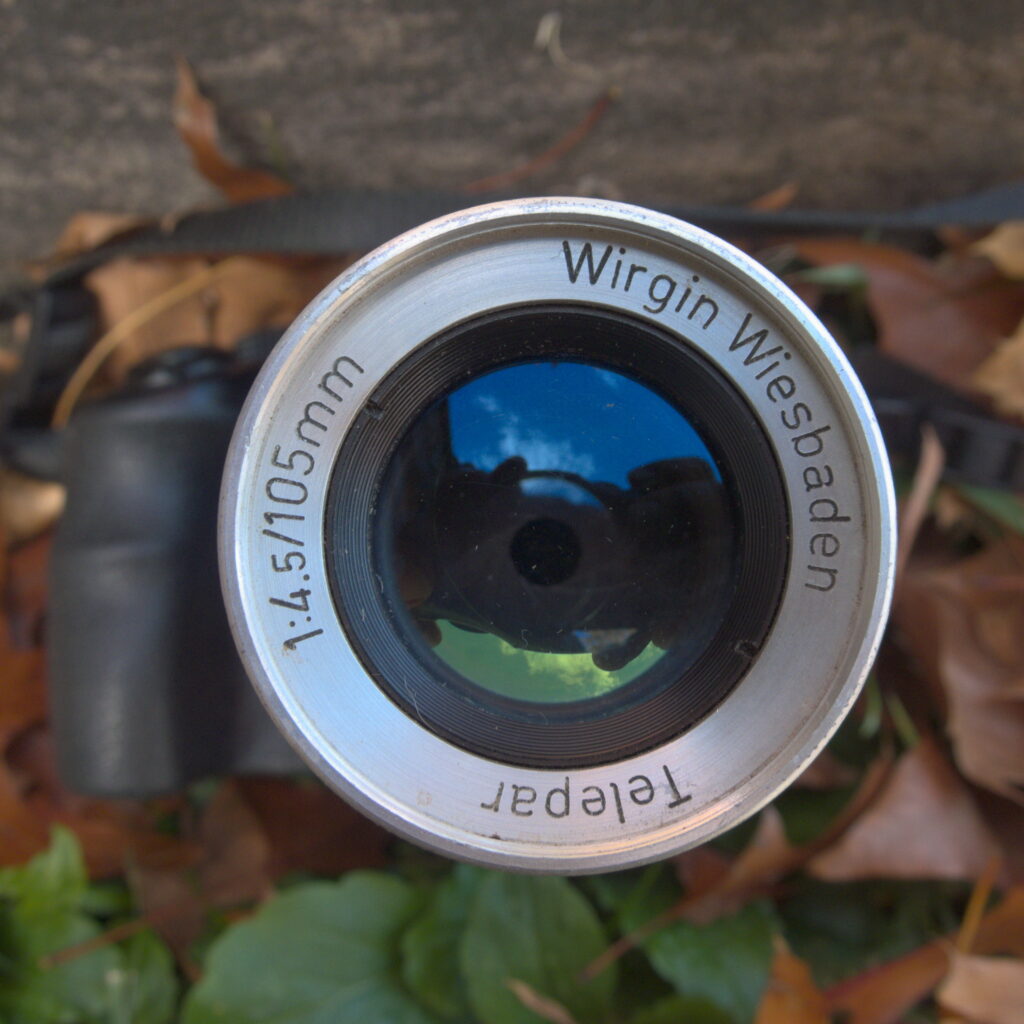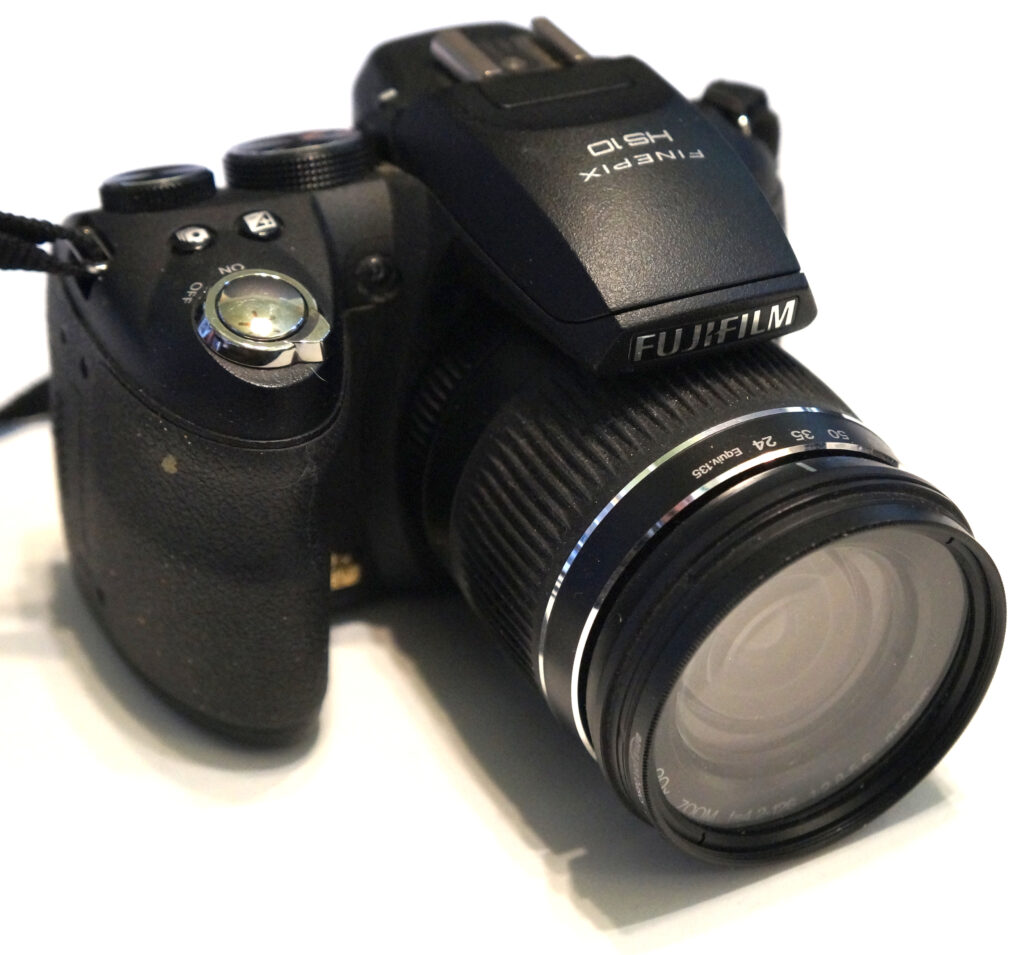
Father Pitt often brings out cameras from the Neolithic era of digital photography, when digital cameras had settled down in large communities but had not yet learned to smelt bronze. Why? Well, there are several reasons, and some day old Pa Pitt will devote an article to them. To summarize:
1. Pocket cameras of this era often allow more manual control than later cameras.
2. Older cameras can be found very cheap in thrift stores and online auctions—often for less than the price of a paperback book.
3. Therefore, if you lose one on an expedition, you can just buy another one.
4. And therefore, you can have a wide range of cameras, which is a good thing because every camera is a different way of seeing the world. Any photographer will tell you that, when you pick up a different camera, different pictures happen.
But one thing these cameras obviously lack is the resolution of more modern cameras. As a rough guide, what Father Pitt thinks of as the “Neolithic era” of digital photography was the period when digital cameras had resolutions from two to five megapixels.
Is that enough? Well, as old Pa Pitt has pointed out, the very finicky magazine National Geographic decided that digital cameras were good enough for its pages when they reached five megapixels.
But that was almost a quarter-century ago. How about for today’s uses?
For most purposes today, the resolution requirements are even less. Last month, Marc R. at Open Source Photography published an article on exactly this question: “The Pixel Paradox.”
One thing professional photographers worry about is other people stealing their work, which Father Pitt has not worried about in a long time. People use his pictures all the time, with his blessing, because he has a notice on his site that says “Steal my work.” All his pictures are released under a CC0 public-domain donation, so anyone can do anything with them without permission. So Father Pitt isn’t interested in how to balance size with the possibility of theft, which is one of the questions Marc R. addresses.
But his practical answers are interesting. He gives us a table with the recommended maximum number of pixels for the longest dimension of a photograph for various purposes. The longest recommended dimension, for any online use including photo contests, is 2048 pixels.
Now look at the picture at the head of this article, which was taken with a 2002-vintage Canon camera. Its 3.9-megapixel resolution means that its pictures are 2272 pixels on the long side. You would have to crop or shrink those pictures to fit them in any of Marc R.’s recommended sizes.
So a camera that is nearly a quarter-century old is more than adequate, in terms of resolution, for any use in which the pictures will be published on line.
As for other considerations, you would have a hard time finding a camera as good as the Canon that fits in your coat pocket the way the Canon does. It has manual control of everything, it can save raw picture data, it has an excellent lens for such a small camera, and it’s built like a tank.
All other things being equal, it’s always better to have more pixels to work with. But all other things are never equal. If you find an old camera like the Canon PowerShot S45 in a thrift store, pick it up and bring it home. Spend a few more dollars on extra batteries and a 2-gigabyte Compact Flash card (no bigger, because the camera can’t read a bigger card), and you have a picture-taking machine that slips into a coat pocket but gives you admirable results. And don’t worry at all about the low resolution. You’ve got all the pixels you need for most purposes.


















